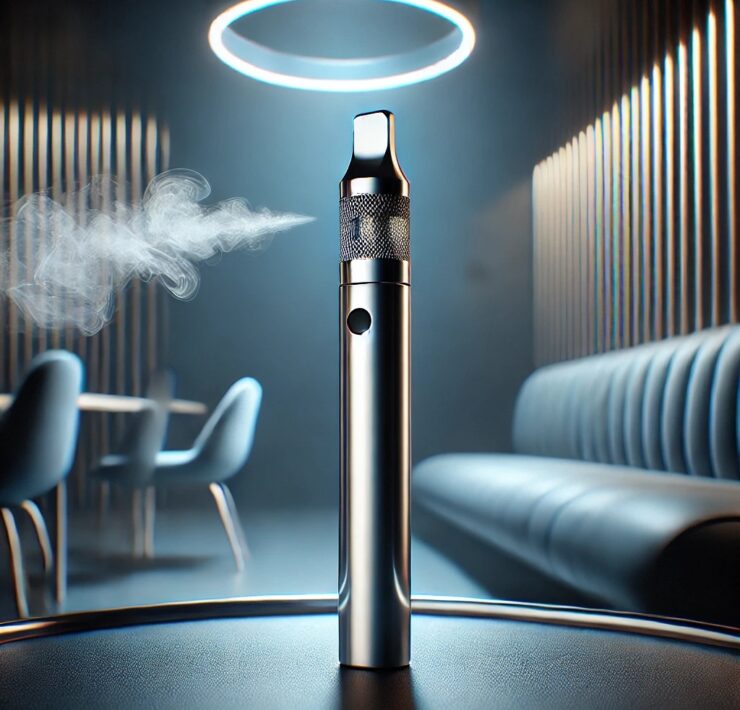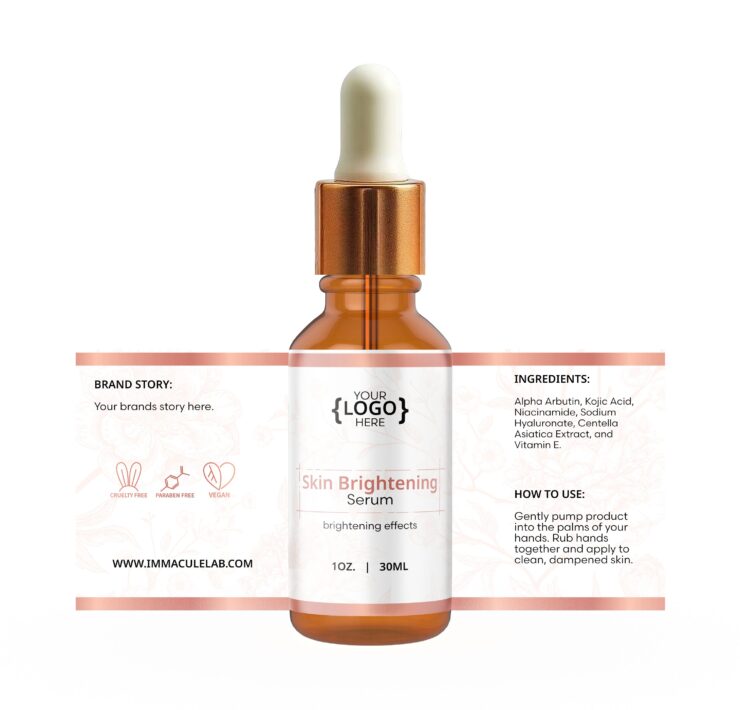Vaginal Rejuvenation: A Controversial and Unproven Treatment

Vaginal rejuvenation is a term used to describe procedures that aim to reduce the width of the vagina, often for functional and well-being reasons. These procedures have been promoted as a solution for various conditions, including genitourinary syndrome of menopause (GSM), vaginal laxity, and sexual dysfunction. However, the reality of these treatments is far from the promises made by their proponents.
FDA Warning and Lack of Evidence
The U.S. Food and Drug Administration (FDA) has issued warnings about the use of energy-based devices for GSM and vaginal rejuvenation due to concerns about deceptive marketing, unknown risks, and unproven efficacy. In 2018, the FDA warned against the use of such devices, as they are not cleared for these purposes. Medical societies have also recommended against laser therapy for GSM due to the low quality of data and lack of information on long-term efficacy and safety.
Clinical Trials and Reviews
Several clinical trials and reviews have been conducted to assess the effectiveness of vaginal laser therapy. A 2022 systematic review and meta-analysis found no benefit associated with these devices over vaginal estrogen, but the low quality of the data prevented a definitive conclusion. A double-blind, sham-controlled randomized clinical trial by Li et al. in 2021 found no difference between fractional carbon dioxide vaginal laser therapy and sham laser therapy for GSM, with no improvement in symptoms or quality of life and no changes in vaginal histology.
Surgical and Nonsurgical Treatments
Vaginal rejuvenation can involve surgical treatments, such as vaginoplasty, or nonsurgical treatments, like radiofrequency and laser devices. The choice of treatment depends on the degree of vaginal laxity. Surgical treatments are generally recommended for severe cases, while nonsurgical treatments may be suitable for mild to moderate cases.
Controversy and Risks
Despite the lack of evidence and FDA warnings, the promotion of vaginal rejuvenation continues, often using misleading language to suggest that the procedures are well-researched and standard of care. This has led to concerns about the potential harm to patients, as some physicians and medical spa owners promote the benefits of these treatments without rigorous testing.
Adverse Effects
The use of lasers for vaginal rejuvenation has been associated with adverse effects, including chronic bladder pain, burning sensations on the vulva, internal burning sensations, and scarring that causes the vaginal walls to cohere. The FDA’s Manufacturer and User Facility Device Experience (MAUDE) database has reported an increase in adverse events related to these devices, although the actual number of incidents may be higher due to voluntary reporting and the lack of reporting for emotional events.
Conclusion
Vaginal rejuvenation is a controversial and unproven treatment, with the FDA warning against its use due to deceptive marketing and unproven efficacy. Clinical trials have not shown significant benefits over sham therapy, and the procedures are associated with risks and adverse effects. Patients considering these treatments should be aware of the lack of evidence supporting their safety and effectiveness.







